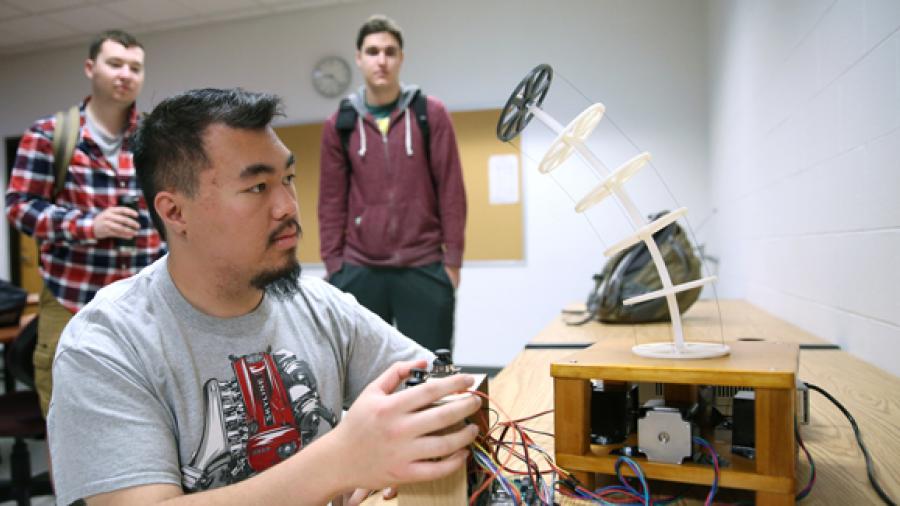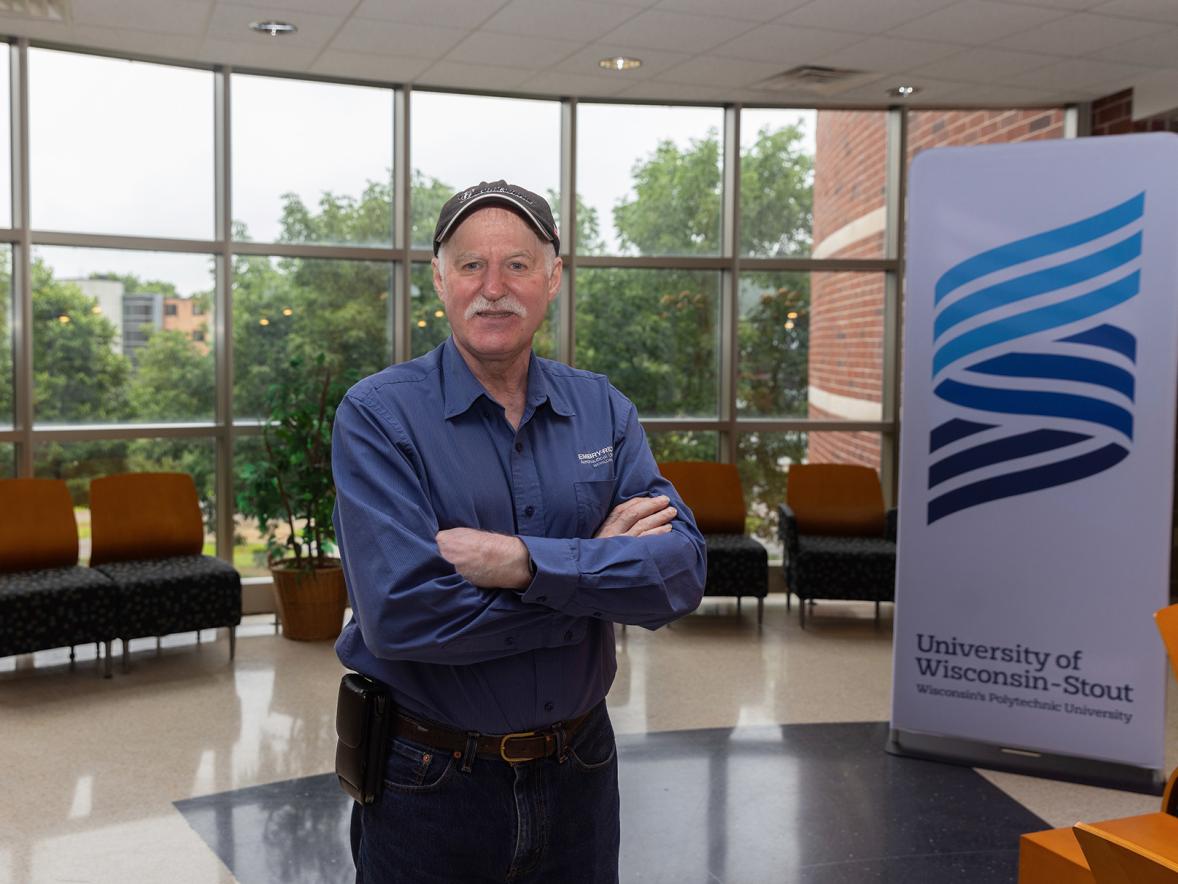
More than 70 regional, state and national leaders in education and workforce development grappled with questions about how to prepare for careers of the future in a conference held June 19-20 at University of Wisconsin-Stout.
How can the U.S. and world economies keep pace with technology? How will workforce voids be filled as Baby Boom generation workers retire? Are employers prepared for the many more minorities expected in the workplace in the coming years?
The second annual Career and Technical Education Summit was hosted by UW-Stout, which offers undergraduate, graduate and doctorate programs in the field.
“Despite our best intentions and loftiest visions, our nation continues to struggle with a deep misalignment between what the workforce needs and how young people are prepared for careers,” said speaker Kyle Hartung, the Pathways to Prosperity program director for Jobs for the Future.
 Jobs for the Future is a national nonprofit that develops programs and public policies to increase college readiness and develop a more highly skilled workforce.
Jobs for the Future is a national nonprofit that develops programs and public policies to increase college readiness and develop a more highly skilled workforce.
Hartung said the challenge facing the U.S. is not necessarily preparing students for specific jobs but providing them with skills that they can use as careers change with the times, what he called the “future of work.”
UW-Stout Chancellor Bob Meyer said that the amount of information in society is doubling about every two years, but in the near future it’s expected to double every 12 hours.
The rapid pace of change improves our quality of life and opens new employment opportunities but also challenges institutions to prepare students for the growing spectrum of career opportunities, Meyer said.
For example, a medical X-ray technician today has training options in PET, MRI and ultrasound scanning, Meyer said.
Summit presenters included:
- Bryan Albrecht, president of Gateway Technical College
- Morna Foy, president, Wisconsin Technical Colleges
- David Hay, special assistant to the chancellor, New York City Department of Education
- Jay Rojewski, professor, career and technical education, University of Georgia
- Sharon Wendt, director, career and technical education, Wisconsin Department of Public Instruction
Jim Morgan, director of New Ventures, said 10,000 people are turning 65 every day. Over the next two decades Wisconsin will go from 750,000 people 65 and older to more than 1.5 million. A concern exists that not enough young people are entering the job market. More than 1 million youth drop out of high school each year.
Internationally, Manpower Group found that 40 percent of global employers reported talent shortages in 2016.
Lori Suddick, vice president of learning, Northeast Wisconsin Technical College, noted that by 2020 minorities will comprise the majority of all people under age 18. She shared student success initiatives at NWTC that focus on minority students.
Summit participants also learned about successful CTE initiatives that focus on student engagement, work-based learning and education/business partnerships.
Chris Neff, supervisor of career and technical education at Racine Unified School District, discussed career academies. “Partnerships between education and employers are vital to the success of the academies of Racine,” he said.
Badger High School Principal Russ Tronsen explained how multiple best practices in career and technical education were used to create a school culinary program, which won state and national awards. The program is based on curriculum developed with the National Restaurant Association Education Foundation as well as the concept of school-based enterprises.
The summit expanded on the first event in 2016, also at UW-Stout, which sought input from regional educators and business leaders on how the university could enhance its role as a leader in career and technical education.
###
Photos
Top: UW-Stout engineering students work on a robotics project last spring.
Bottom: Participants discuss a topic at the Career and Technical Education Summit held at UW-Stout.






